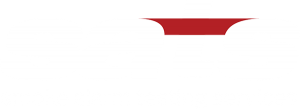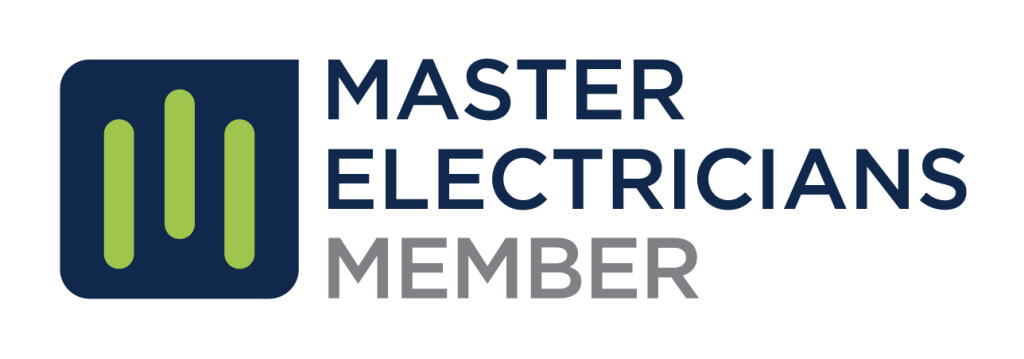Smoke alarms save lives and protect families. But only if they are maintained and working as they should be.
It’s vital that even the most experienced landlords and property managers are aware of the regulations for smoke alarms in the Queensland rental properties they own or manage.
Smoke Alarm Testing Services National Operations Manager Amber Mckenzie says it’s staggering the amount of rental properties in Queensland that still don’t have their smoke alarms checked regularly. Worse yet, he says many aren’t checked at all.
“I find old, broken or non-compliant smoke alarms at least once a week, and it really puts renters, their families and the landlords of those properties at risk,” she says.
“It’s absolutely vital landlords and property managers know the regulations, and their obligations. Lives depend on it.”
Reminder: Bookmark this page now and we’ll keep it up to date with any changes that arise.
When did the regulations change?
The new legislation was introduced on January 1, 2017. Landlords were given until January 1, 2022, to become compliant.
Landlords are responsible for ensuring any smoke alarms installed at their properties follow the new smoke alarm legislation. Any smoke alarms being replaced from January 1, 2017, need to be compliant photoelectric smoke alarms.
“It’s really important that property managers help landlords track what needs to be tested in their properties,” Mckenzie says.
“A lot of property managers still use spreadsheets and manual processes to keep tabs on smoke alarm compliance and it’s just a disaster waiting to happen these days.
“Landlords and tenants need peace of mind that they are safe and compliant.”
What are the regulations?
For landlords of domestic dwellings, smoke alarms made more than 10 years ago, and smoke alarms that fail when tested, need to be replaced with photoelectric smoke alarms that comply with Australian Standard 3786:2014.
By law, smoke alarms must:
- Be photoelectric and comply with Australian Standard 3786:2014
- Not also contain an ionisation sensor
- Be less than 10 years old
- Work when tested
- Be interconnected with the other smoke alarms in the property so they all sound their alarm at the same time together
If a hardwired smoke alarm needs to be replaced, it must be replaced with a hardwired photoelectric smoke alarm. Photoelectric smoke alarms detect visible particles of combustion, and are considered more effective at detecting the types of fires that occur in homes.
In existing domestic dwellings, it is possible to have a combination of smoke alarms (240v and battery operated) and interconnectivity can be both wired and/or wireless.
What happens at the start of a tenancy?
Within 30 days of the start of a tenancy, the property manager or landlord needs to ensure every smoke alarm in the dwelling is tested and cleaned.
Throughout the tenancy, the tenant needs to test and clean each smoke alarm at least once every year.
Mckenzie says it’s vital these annual checks aren’t ignored.
“It’s the law, but the true consequences of failing to test and maintain smoke alarms are dire,” he says.
“The safety of tenants and their families depend on it. That’s why we use fail-proof systems and an online portal monitored by property managers to ensure every smoke alarm is tested, maintained, or replaced if need be.
“It’s scheduled rigidly, and because we’re experienced electricians and technicians, you know those alarms are going to work if the worst happens. While tenants try their best, things get missed and the result is that landlords become non-compliant.”
Where should smoke alarms be installed?
Smoke alarms need to be placed on the ceiling. There are special requirements for stairs, sloped ceilings, and ceilings with beams.
Smoke alarms can’t be placed within:
- 300mm of a corner of a ceiling and a wall
- 300mm of a light fitting
- 400mm of an air-conditioning vent
- 400mm of the blades of a ceiling fan
Mckenzie says smoke alarms shouldn’t be installed in areas that trap hot air, or near windows, doors, fans or air conditioners, which can stop smoke from reaching the alarm.
“Places such as high up in cathedral-style ceilings, the corner of walls and ceilings, or between exposed floor joists can be a real problem,” he says.
“You should also avoid spots that may cause false or nuisance alarms. Areas in or near bathrooms and kitchens can cause false alarms with steam or cooking. And sometimes tenants tend to disconnect them if they cause too many false alarms, which is a big problem.”


